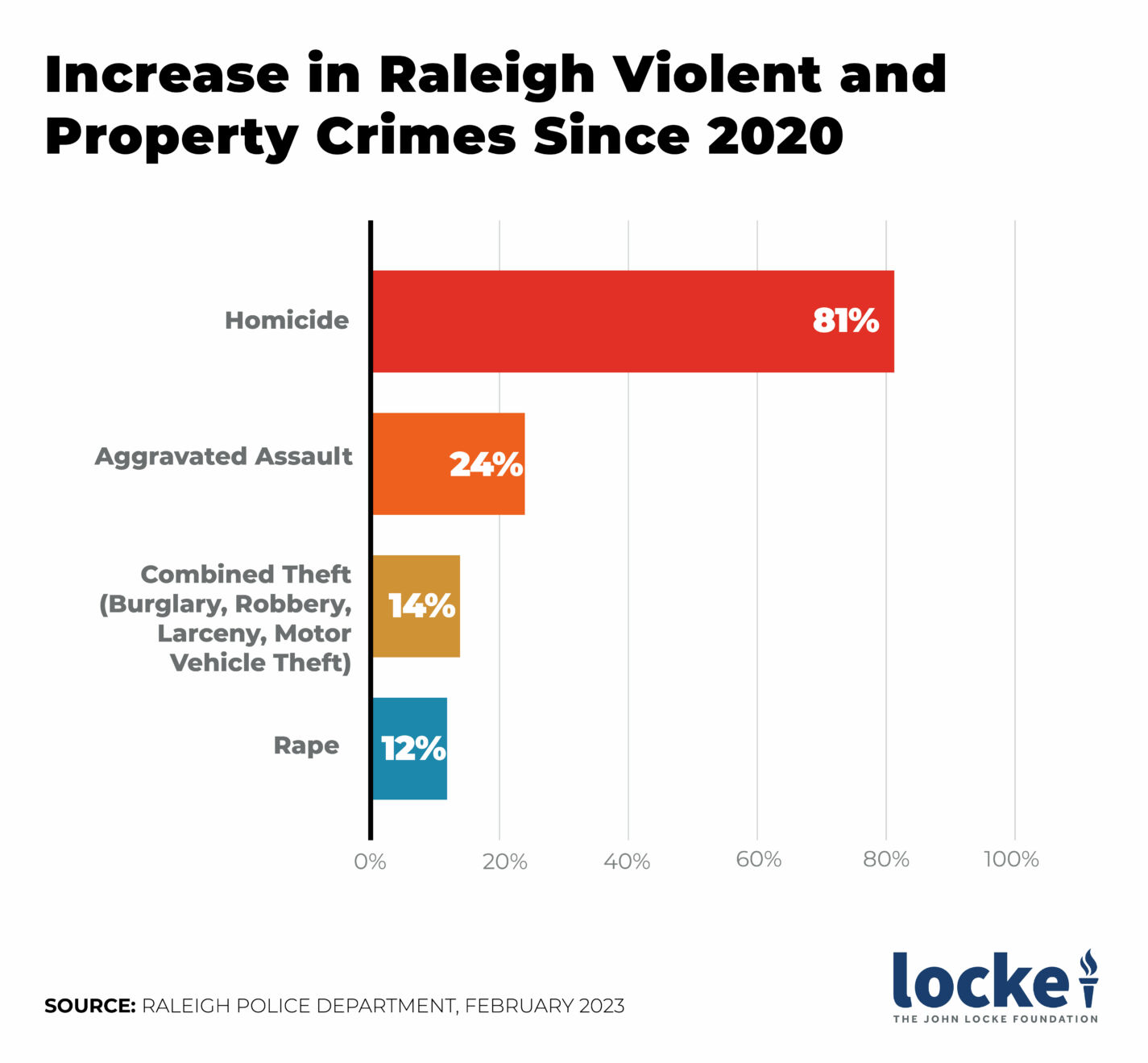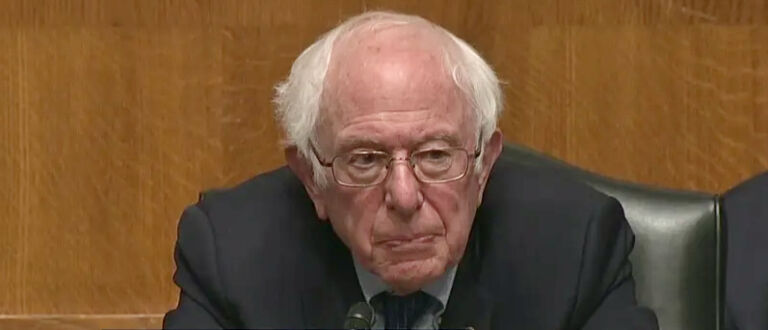Today is the three-year anniversary of inbound visitors being welcomed by Raleigh’s inane Marxist blight:
The first thing people entering downtown Raleigh see on inbound South Saunders Street is the famous skyline view. Since May 29, however, the very next thing they see is this string of graffiti. Four-plus months of visitors’ first impressions being this farrago of witless Marxism.
I’ve called for years for Raleigh to remove this stupid ugliness from its downtown entry. I wrote back in 2020 that allowing the graffiti to remain was giving no assurance to downtown businesses that the city — after recurring downtown riots — would protect their property. Unfortunately, these same signals were heard loud and clear by criminals.
At this point it’s beyond clear Raleigh leaders have no interest in cleaning the bridge. I suspect it’s because they sympathize with the message, such as it is. It makes me wonder if maybe the only way to get the bridge cleaned up would be to make it strategically dirtier: i.e., adding new graffiti to the mix.
Thought Experiment: Would Raleigh Leaders Allow This Graffiti to Remain for Three Days, Let Alone Three Years?

To be clear, I would never advocate such vandalism, nor am I doing so here. To all readers, do not vandalize the already heavily vandalized bridge. Urge, prompt, or shame Raleigh’s leadership into getting it cleaned up, since they lack the civic pride, let alone sense of civic duty to do so.
No laughing matter: Raleigh’s tolerance of graffiti signals tolerance for crime
The prominence of graffiti and defaced property upon entrance into Raleigh seems to be a welcome sign for vandals, thieves, and worse. It functions as an unofficial proclamation that Raleigh doesn’t care — or that Raleigh’s leadership is more concerned about catering to a certain kind of politics than policing criminal activity.
Not surprisingly, Raleigh’s crime statistics have skyrocketed since the riots. Homicides are the worst; the number of homicide victims are up a disturbing 81 percent since 2020. Rape is up 12 percent, and aggravated assault is up 24 percent. Combined theft — burglary, robbery, larceny, and motor vehicle theft — is up 14 percent. Physical arrests, however, are down 2 percent.
Someone even tried to kick in the door to the governor’s downtown Raleigh residence (not the Mansion) early one April morning, causing an understandably upset First Lady Kristen Cooper to write on her neighborhood listserv that “I’m personally sick of these people roaming the streets of what is obviously a neighborhood, yelling and carrying on.”

The answer: intensive community policing — not passive political retreat
Even though “Defund the Police” was popular among the political left, including those in Raleigh, in 2021 my colleague Jon Guze wrote a policy report on the need for intensive community policing. As Locke’s senior fellow for legal studies explained, intensive community policing is proven to deter crime, maintain order, and bring about safer communities and fewer people living in poverty.
Implementing it would mean more police, better pay for police, better training, and wiser deployment as community peacemakers in high-crime areas.

To accompany his “Keeping the Peace” report, Guze also produced a series of research briefs. Two especially worth the read are “More Cops, Less Crime” and “Intensive Community Policing Can Save the Lives of Black Children.” They conclude with links to other related briefs for those interested in further reading.
Raleigh would do well to heed Guze’s advice. It would help, too, for Raleigh to quit advertising itself as a welcoming venue for crime. It’s been three years. Clean up the bridge already.


